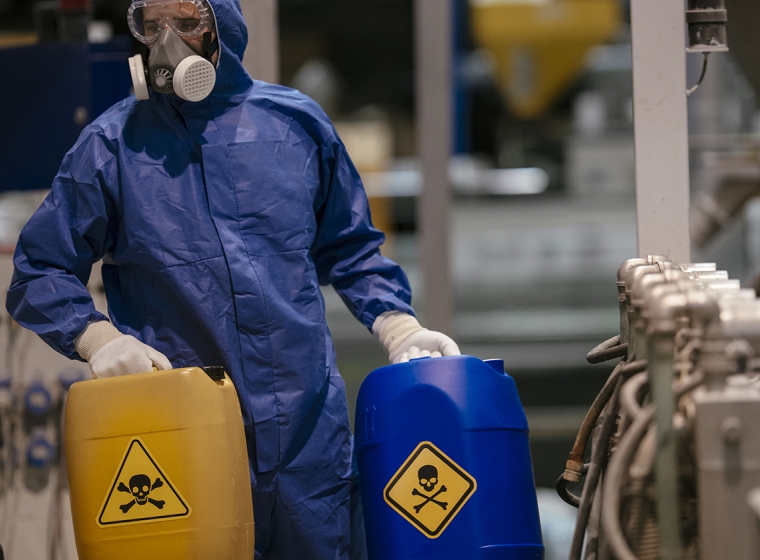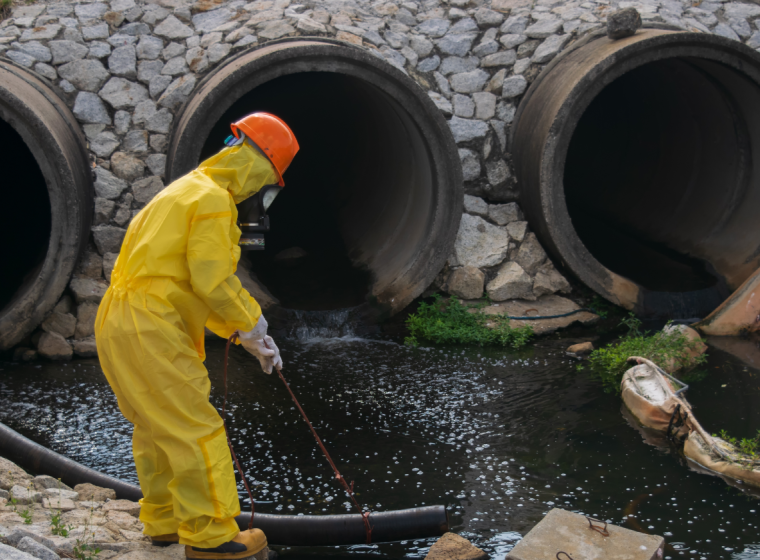May 11, 2023
Proposed regulations would require community risk assessments and fenceline monitoring at many facilities
The Environmental Protection Agency recently proposed new air pollution rules covering chemical and polymer plants producing, storing, using, or emitting ethylene oxide, chloroprene, benzene, 1,3-butadiene, ethylene dichloride, and vinyl chloride (Docket IDs EPA-HQ-OAR-2022-0730 and EPA-HQ-OAR-2019-0178).
Unlike previous regulations, these proposed rules do not include waivers for operators during process transitions including start-up, shutdown, plant upsets, or malfunctions. The proposed rules apply a new "community" risk assessment approach and require facilities to conduct fenceline monitoring.
Because transients at process plants can change emissions profiles, the proposed regulations may require facility owners to assess whether start-up, shutdown, upsets, or malfunctions could lead to unacceptable emissions. For example, activated pressure relief valves or burst discs can lead to higher emissions than during steady-state operations. While flaring may be permitted in some circumstances, it may require use of flare performance standards. When flaring is not possible, emission control devices such as thermal oxidizers or scrubbers may be needed. The proposed regulations would also cover emissions from storage vessels, transfer operations, and equipment and wastewater leaks.
If finalized in their present form, the proposed regulations would introduce new requirements for many chemical, polymer, and sterilization facilities.
Fenceline monitoring and community risk assessments
Current regulations do not mandate fenceline emission monitoring except at oil refineries. The proposed regulations would expand fenceline monitoring to a broader class of process plants. For each covered chemical, the regulation would introduce action levels at the fenceline. If an operator exceeds these, they would be required to locate the source and remediate it. The resulting monitoring data will be made publicly available online.
Community risk assessments, which are also included in the proposal, would examine risks from all large industrial facilities in an area. The scope of these risk assessments ranges from synthetic organic chemical manufacturing and polymer equipment/processes to sterilization of medical devices and foodstuffs.
Unlike a traditional risk assessment, community risk assessment incorporates risk from multiple chemicals a community is exposed to rather than assessing risk one chemical at a time. The approach, in theory, presents a more realistic assessment of risk within a community; however, the science supporting an evaluation of risk from multiple chemicals is not well developed and includes notable uncertainties.
Final rule expected in 2024
These two proposals are open for public review now, and EPA has a consent decree deadline to issue a final rule by March 29, 2024, for the proposed regulations covering synthetic organic chemical plants and polymers and resins plants. If finalized in their present form, the proposed regulations would introduce new requirements for many chemical, polymer, and sterilization facilities and may pose potential risks to these industries that warrant close examination. Moreover, these rules may set precedents for other industries.
What Can We Help You Solve?
Exponent's multidisciplinary team of chemical engineers and environmental, thermal, and polymer scientists can help you assess the impact of EPA's proposed regulations. We can help clients understand the opportunities and challenges associated with new requirements and evaluate potential emission reduction strategies.

Regulatory Compliance for Medical Products
Experienced regulatory support for medical devices, pharmaceuticals, and combination products.

Environmental & Regulatory Compliance
Rigorous analyses to help clients overcome complex environmental and regulatory hurdles and meet auditing obligations.

Industrial Chemicals
Regulatory support for chemicals, solvents, polymers, antimicrobials, biocides, and more.

Industrial Contamination Management
Expert environmental services for a range of complex industrial contamination challenges.

Occupational Health & Safety Compliance
Evaluate potential exposures to chemical, biological, and physical hazards in the workplace with on-site assessments.
Insights




